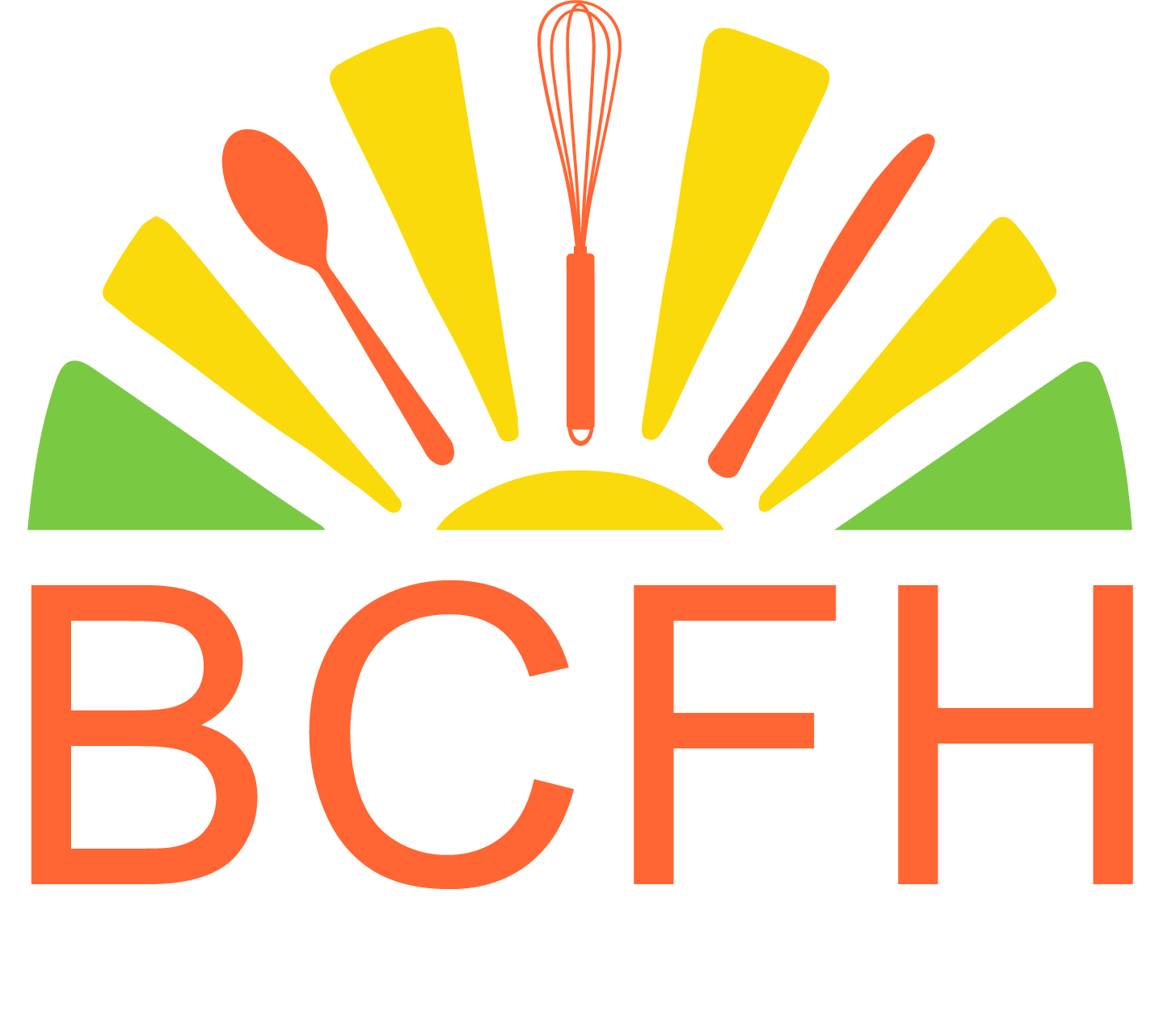Tidbits of Strawberry History
Strawberries and Strawberry Socials have long been a part of the Canadian foodscape as a way to celebrate spring.
In this blog we include more tidbits of strawberry history to augment previous BC Food History Networks blogs:
Strawberries Native to BC and Summer Strawberries
The following tidbits highlight two areas in British Columbia known for their strawberry production.
Strawberry Hill
There is an area in Surrey, BC known as Strawberry Hill that was once home to a large community of Japanese Canadians. In the early 1900s Japanese
Canadians began growing strawberries in the area and developed a thriving industry. Forty-five families farmed about 100 hectares of land in Strawberry Hill up to 1942. Many were involved in Growers’ Cooperative Association, the Strawberry Hill Japanese Farmers’ Association, and the creation of Strawberry Hill’s community hall. Their berries were a vibrant part of early trade in the lower mainland.
Internment of Japanese Canadians
Everything changed in 1942 when Japanese Canadians were forced to move inland to internment camps and their land confiscated. It was a dark period in Canadian history. One of many internees was Zennosuke Inouye, a veteran of the First World War who fought at Vimy Ridge. He had purchased 32 hectares of land at Strawberry Hill in 1919 through the Soldier Settlement Act but that didn’t protect it from being seized. At the end of World War II, he learned that the Strawberry Hill land had been designated for sale to WW II veterans. Inouye began a letter writing campaign (80 letters in all) to regain his farm and he won. He is the only Japanese Canadian who got his land back after the internment.
The Strawberry Capital of Canada
The District of Mission in the Fraser Valley is well-known for growing strawberries. In 1946, Mission declared itself the Strawberry Capital of Canada and organized a promotional Strawberry Festival to raise funds for a hospital. It became known as “home of the great big strawberry.” With access to a network of railways running west into the Lower Mainland, east to the Prairie provinces, and south to the United States, berries could be delivered at their peak. The Mission Museum reports that “at times during the season, trains would stop for two hours while berries were being weighed and loaded.” The strawberries were also processed at local jam companies.
Strawberry Fool
Are you looking for an easy recipe for strawberries? You might try Strawberry Fool, a delicious, delicate dessert to make in strawberry season.
It dates to the sixteenth or seventeenth century and traditionally, it was a quick dessert made by folding puréed fruit into a sweet custard.
Modern versions often use whipped cream. No one is sure why it is called a “fool” but it may derive from the French verb fouler meaning to crush or to press.
5 cups (1250 mL) strawberries
1 cup (250 mL) sugar
1 tsp (5 mL) brandy
1 cup (250 mL) whipping cream
Sprigs of fresh mint (optional)
Set aside a few berries to use as garnish.
Purée the remaining berries. Stir in sugar and brandy. Let mixture stand at room temperature for one hour , then cover and chill.
Just before serving, whip cream and fold gently into the purée.
Place in serving bowls and garnish with reserved berries and a mint leaf. Serve immediately.
The recipe cannot be prepared ahead of time as it will separate and break down.
Other fresh berries such as raspberries and gooseberries lend themselves to this recipe.
References
Heritage BC. Strawberry Hill https://heritagebc.ca/japanese-canadian-location/strawberry-hill/
